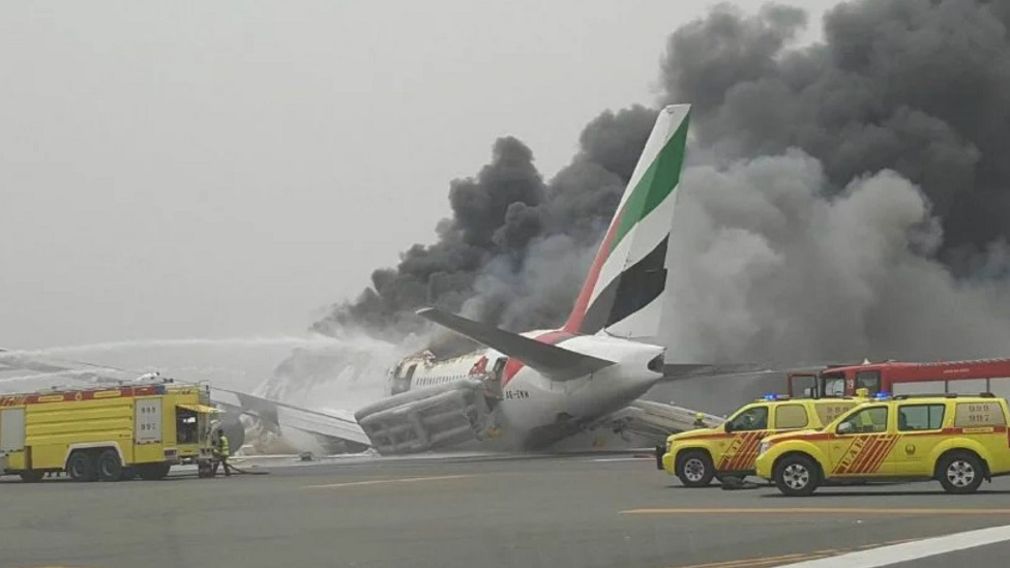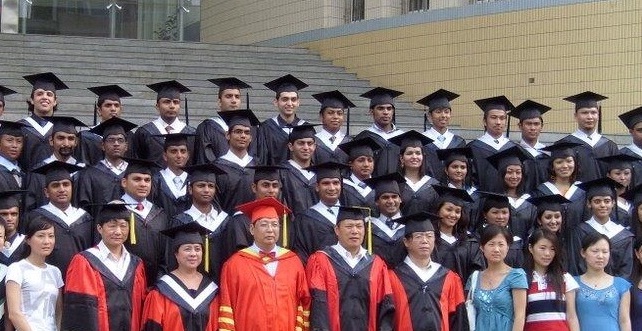 Amid reports that the Ministry of Defence (MoD) has set up a 10-member committee to draft an easy-to-comprehend and industry-friendly procedure that would cut down chronic delays in defence procurements, a draft offset policy was put into limited circulation by the ministry on April 30 for comments by industry associations. But considering that offsets are incidental to the acquisition of defence equipment and weapon systems from abroad, this amounts to putting the cart before the horse, as the procurement procedure is what the committee has been set up to revamp.
Amid reports that the Ministry of Defence (MoD) has set up a 10-member committee to draft an easy-to-comprehend and industry-friendly procedure that would cut down chronic delays in defence procurements, a draft offset policy was put into limited circulation by the ministry on April 30 for comments by industry associations. But considering that offsets are incidental to the acquisition of defence equipment and weapon systems from abroad, this amounts to putting the cart before the horse, as the procurement procedure is what the committee has been set up to revamp.
The ‘Make’ procedure, introduced a decade back to promote indigenous research, design and development of complex high technology systems, followed by series production of the system so developed by the Indian production agency, also seems to be poised to jump the gun, as it were. This procedure has also been under review for more than two years. It has gained momentum in recent months following the ‘Make-in-India’ call given by the prime minister and it is likely that the revised procedure will be notified before the committee submits its report.
The ‘Make’ procedure has been a part of the defence procurement procedure. Unless it is now intended to be delinked from four other established modes of procurement – Buy (Indian), Buy and Make (Indian), Buy and Make, and Buy (Global) – it would constrain the 10-member committee if the revised ‘Make’ procedure were to be pressed into action before it gets a chance to look into the system of defence procurement – including through the ‘Make’ procedure – as a whole and make suitable recommendations.
Such disjointed efforts have been the bane of the procurement regimen in India. In an attempt to systematize defence procurement, the MoD promulgated a Defence Procurement Procedure (DPP) in 2002 without enunciating the policy on which it was predicated. The DPP was revised in 2005, 2008 and again in 2011, adding the offset guidelines, a fast track procedure and the ‘Make’ procedure in the process.
And suddenly, in 2011, a Defence Production Policy was promulgated that made a lot of promises, some of which remain unfulfilled till date, review of the ‘Make’ procedure being one of them. So was the promise to set up a separate fund to provide the necessary resources to the public and private sectors, including SMEs (small and medium enterprises), as well as to academic and scientific institutions for supporting research and development in cutting edge defence equipment/systems technology.
The ‘Make-in-India’ and related phraseology was threatening to crowd out all the talk of revisiting the procurement procedure until this 10-member committee came along. But the possibility of a new Offset Policy and a simplified ‘Make’ procedure could still pre-empt the committee from adopting a holistic view of defence production and procurement.
‘Make-in-India’ in defence cannot be an end in itself. Making defence equipment in India is one of the ways of fulfilling the requirement of the Indian armed forces. But not everything is going to be made in India. A lot of stuff is going to be bought from foreign firms also at least for the next few years. This is where offsets fit in as an intrinsic part of the procurement procedure.
What is needed, therefore, is a composite defence production and procurement policy framework that is overarching, all-embracing and holistic. It has to be a framework that takes care of the requirement of the armed forces but which the industry can also relate to at the same time.
An effort was made by the MoD when the Technology Perspective and Capability Roadmap (TPCR) was released in April 2013 to give an indication of the future requirements of the armed forces so that the industry could gear itself up to meet those requirements. But this roadmap did not create the kind of ripple it was expected to largely because the MoD does not shop for technologies and capabilities; it shops for ammunition, equipment, platforms and weapon systems. Investors were not able to make out a business case for investment based on the information contained in the TPCR.
Industry is more likely to be enthused if there is a fair amount of clarity about the product required by the MoD, the likely quantity, the mode of procurement and the timeframe within which the procurement is likely to be made. Any production and procurement policy must address these issues for it to succeed in stimulating the interests of the private sector.
There also has to be clarity about the role to be played by the Defence Public Sector Undertakings (DPSUs), Ordnance Factory Board (OFB), Indian private industry, foreign companies and, not to forget, the Micro, Small and Medium Enterprises (MSMEs). Presently, all these often seem to be working at cross-purposes. Foreign companies would prefer G2G agreements; the big Indian companies want the Raksha Udyog Ratna (RUR) status; DPSUs and the OFB are sanguine that they are not going anywhere; and, the MSMEs seem to be obsessed with offsets.
This is a very confusing scenario. There is no gainsaying the fact that all of them have a role to play; the policy should aim at clarifying those roles and how those roles will be synergized.
Secondly, it is a no brainer that production and procurement procedures have to be dovetailed into the policy. The MoD seems to be perpetually tinkering with the procedure and, by implication, the policy, without achieving the desired result. The 10-member committee will face the challenge of formulating a procedure that satisfies everyone in and outside the system without any policy framework being in place for reference. It should, therefore, first formulate the policy framework and then evolve procedures that are in harmony with the policy.
Thirdly, industry cannot deliver unless a congenial eco-system is in place. With India standing at the 142nd position in the global index of ease of doing business, the MoD cannot expect even the Indian companies to perform according to its expectations.
There are major issues concerning industrial licensing, land acquisition, power, funding of projects, taxation, foreign direct investment, export, level playing field, etc. These issues have to be resolved as part of the policy framework and not left to be resolved by the Ministry of Finance (MoF) and other ministries as and when they feel like doing it.
In a 2013 press release, the MoD said that it has taken up with the MoF issues concerning deemed export status for certain defence projects and rationalization of tax and duty structures impinging on the Indian defence industry. These are important elements of the larger eco-system but more than two years later the issue seems to have been forgotten.
Lastly, it is probable that the MoD’s report card on defence procurement would have been better and the industry would also have fared better had decision-making not been afflicted by fickle-mindedness and risk-aversion. Decision-making structures seem to have failed both the armed forces and the industry. It is time the MoD considered creating structures and organizations that are not an intrinsic part of the ministerial set up to implement the production and procurement policies once these are formulated by the ministry. This may not be as drastic as it sounds.
(Courtesy of IDSA)
Author Profile
- India Writes Network (www.indiawrites.org) is an emerging think tank and a media-publishing company focused on international affairs & the India Story. Centre for Global India Insights is the research arm of India Writes Network. To subscribe to India and the World, write to editor@indiawrites.org. A venture of TGII Media Private Limited, a leading media, publishing and consultancy company, IWN has carved a niche for balanced and exhaustive reporting and analysis of international affairs. Eminent personalities, politicians, diplomats, authors, strategy gurus and news-makers have contributed to India Writes Network, as also “India and the World,” a magazine focused on global affairs.
Latest entries
 DiplomacyApril 10, 2024Diplomat-author Lakshmi Puri pitches for women power at LSR
DiplomacyApril 10, 2024Diplomat-author Lakshmi Puri pitches for women power at LSR India and the WorldApril 6, 2024UN envoy pitches to take India’s solutions to the world stage
India and the WorldApril 6, 2024UN envoy pitches to take India’s solutions to the world stage CultureApril 5, 2024Youth in Diplomacy: Making it Matter with LSR Model UN 2024
CultureApril 5, 2024Youth in Diplomacy: Making it Matter with LSR Model UN 2024 India and the WorldMarch 28, 2024India to China: Normalization of troops deployment imperative for restoring ties
India and the WorldMarch 28, 2024India to China: Normalization of troops deployment imperative for restoring ties







